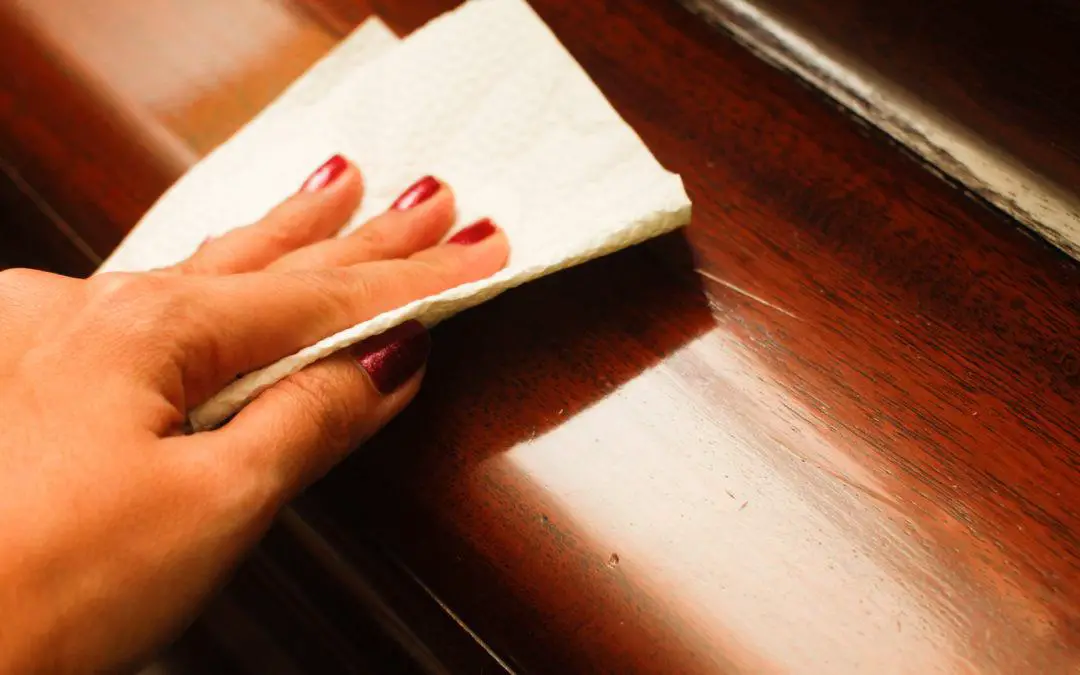They are found in all types of establishment and are used for a variety of reasons:-
- Appearance
- Resilience
- Cost
- Insulation
Characteristics of wood :-
- Hard, compact , fiberous and porous
- Good wood gives a rich, warm and beautiful surface.
Wood is used for the construction of:-
- Floor
- Furniture
- Walls
- Incidental furnishing (lampshades, picture frames)
- Kitchen & restaurant ware
Classification of wood :-
- Solid Wood
- Soft wood – obtained from coniferous trees like Pine, Fir, Cedar and Rubber. They are lighter in weight, cheaper, less durable ( more prone to – indentations, grooves, splintering, wear and tear)
- Hard Wood – obtained from deciduous trees like Teak, Oak, Beech, Birch, Walnut and Rose wood. They are strong , heavy and durable. They have a more refined grain and shorter fibers so they do not form splinters or indentations.
- Wood Boards – cheaper than solid wood, lighter and treated ( e.g. Termite proof , Water Proof)
- Hardboard—thin flexible board made from compressed and processed wood pulp fiber (manufactured from chips of wood, synthetic resin adhesives and vinyl fiber). It is smooth on one side & mesh texture on the other. Hardboards are used for backing of pictures, door panels, cupboards, base of floor tiles, etc.
- Plywood—is made by bonding together number of thin sheets of hardwood termed as “plies”. They are strong and therefore used for tables, shelves, cupboards, chairs, etc.
- Chipboard—is used in wardrobes, drawers, table tops etc. it is made by mixing wood chips with a synthetic resin adhesive and then compressed between veneers of hard wood.
- Block board—consists of strips of wood between plywood veneers. The inner strips can be up to 3mm in thickness making the board strong and durable. It is used for making table tops and shelves.
Protecting wood surface: This is necessary since wood is porous and absorbs moisture.It tends to get scratched and stained. The different types of protective treatments are –
- Cellulose lacquer: cream or spray polish applied to gloss finish. It should be dusted & wiped with a damp cloth, later dry with a soft cloth. Damaged by heat, water and solvents. Re-polishing required periodically( once in 1 or 2 years)
- French Polish: French polish is produced by rubbing solution of shellac & methylated spirits. Makes wood more durable. Damaged by heat,, water and solvents. Re-polishing required periodically( once in 1 or 2 years)
- Oil: Double boiled linseed oil can be rubbed on the surface. It will help to reduce water absorption. Daily dusting is essential. Occasionally surface should be rubbed with a mixture of turpentine & linseed oil.
- Paint: widely used on wood surface. Gloss paints are tougher and can withstand frequent washing.
- Resin: resin is extremely tough. It will resist heat, water, solvent & abrasives. Dust should be removed daily.
- Wax (beeswax): applied to solid wood furniture or floors. Waxed surface should be dusted daily, cleaned each week with cream or liquid polish and when considered should be rubbed with a thin coat of wax & buffed.
CORK
Cork surface is extremely porous and can easily crumble, dent, burn or stain. Cork is used as wall tiles and flooring. Clean with a vacuum cleaner to remve dust from the pores
CANE, WICKER AND BAMBOO
These are names given to furniture items Bamboo (thick grass), Cane (palm) and wicker (willow shoots). Is not stored carefully the surfaces get easily damaged. They are regularly polished / varnished. Daily cleaning of these surfaces can be by simply brushing or using vacuum cleaners. Periodically clean using a solution of washing soda and water ( 1:10) or simply a solution of borax and water .in the same ratio.




